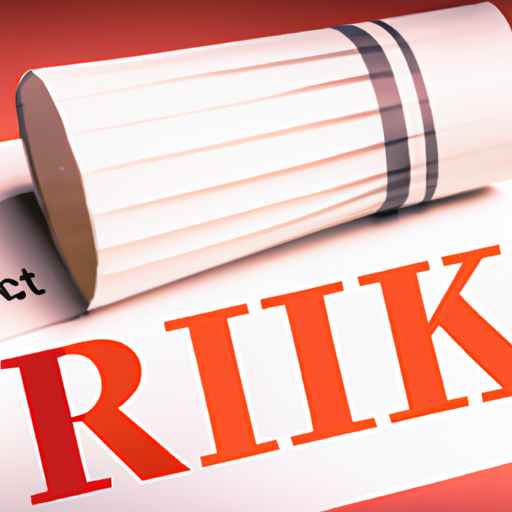Hydration
The importance of hydration: quenching your body’s thirst
Hydration is essential for maintaining overall health and well-being.
Whether you’re an athlete, a busy professional, or someone simply trying to stay healthy, hydration plays a crucial role in your daily life.
In this article, we’ll explore the importance of hydration, its benefits, and practical tips to ensure you’re getting enough fluids throughout the day.
Let’s dive into why keeping hydrated is vital for your body’s optimal functioning.
Why hydration matters
Hydration is more than just drinking water.
It’s about ensuring your body has enough fluids to perform all its functions effectively.
Water makes up about 60% of our body weight, and it’s involved in numerous processes such as regulating body temperature, lubricating joints, transporting nutrients, and removing waste products.
When you don’t get enough fluids, dehydration can set in, leading to various health issues such as headaches, fatigue, and even more severe conditions like kidney stones or urinary tract infections.
Staying hydrated helps maintain physical performance by keeping muscles energized and reducing the risk of cramps or strains.
It also supports cognitive function by improving concentration and reducing feelings of tiredness.
Signs of dehydration
Recognizing the signs of dehydration is crucial for taking timely action.
Common symptoms include:
– Dry mouth
– Dark-colored urine
– Dizziness or light-headedness
– Fatigue
– Headaches
If you experience any of these symptoms frequently, it may be time to reassess your fluid intake habits.
How much water should you drink?
The age-old question: how much water should you drink daily?
While there’s no one-size-fits-all answer since individual needs vary based on factors like age, gender, activity level, and climate; a commonly recommended guideline is the “8×8” rule – eight 8-ounce glasses of water a day.
That’s about 2 liters or half a gallon. However, some experts suggest that men should aim for about 3 liters (13 cups) per day while women should target around 2.2 Liters (9 cups).
Remember that these recommendations include all fluids consumed throughout the day – not just water but also other beverages like tea or juice as well as moisture from foods such as fruits and vegetables which are naturally high in water content.
Factors influencing your hydration needs
Several factors can influence how much fluid you need:
– Physical activity: the more active you are; the more fluids you’ll need.
– Environment: hotter climates increase sweat production leading to higher fluid loss.
– Health status: certain medical conditions may require increased fluid intake.
– Pregnancy/breastfeeding: women who are pregnant or breastfeeding have higher hydration needs due to additional demands on their bodies.
Listening to your body’s signals like thirst can help guide your intake but don’t wait until you’re thirsty since thirst often indicates early stages of dehydration already setting in!
Hydration tips for a healthy lifestyle
Incorporating proper hydration into your daily routine doesn’t have to be complicated! Here are some practical tips:
1. Carry a reusable water bottle: having water readily available encourages regular sips throughout the day.
2. Set reminders: use phone alarms/apps reminding yourself every hour if needed!
3. Flavor it up! Adding slices of lemon/cucumber/mint leaves makes plain water more appealing without added sugars/calories found in sodas/juices.
4. Eat hydrating foods: include fruits/vegetables with high-water content like watermelon/cucumbers/oranges/tomatoes/celery etc., Boosting overall intake effortlessly while providing essential vitamins/minerals too!
5. Monitor urine color: pale yellow indicates good hydration whereas dark yellow suggests needing more fluids asap!
Hydration and hyperhidrosis
For those dealing with hyperhidrosis (excessive sweating), maintaining proper hydration becomes even more critical due to increased fluid loss through sweat glands constantly working overtime!
Stay hydrated friends!





